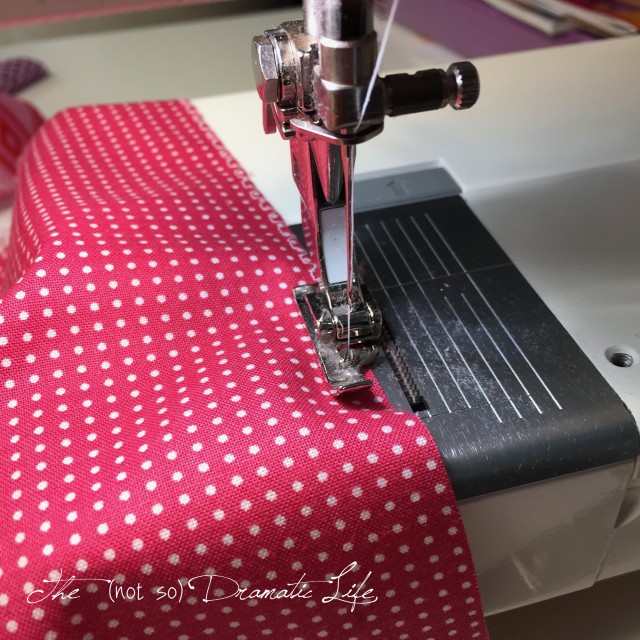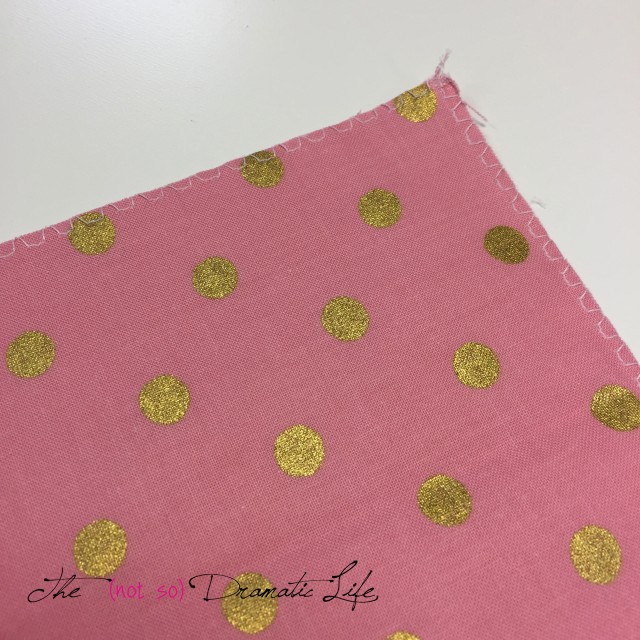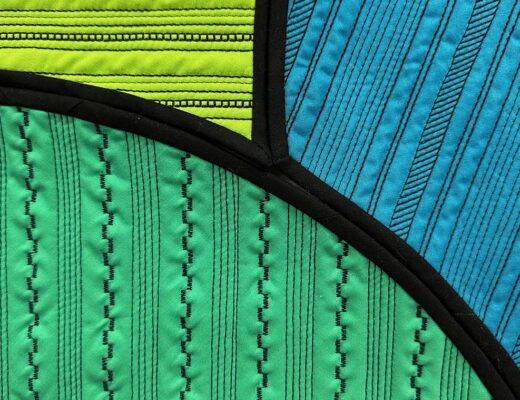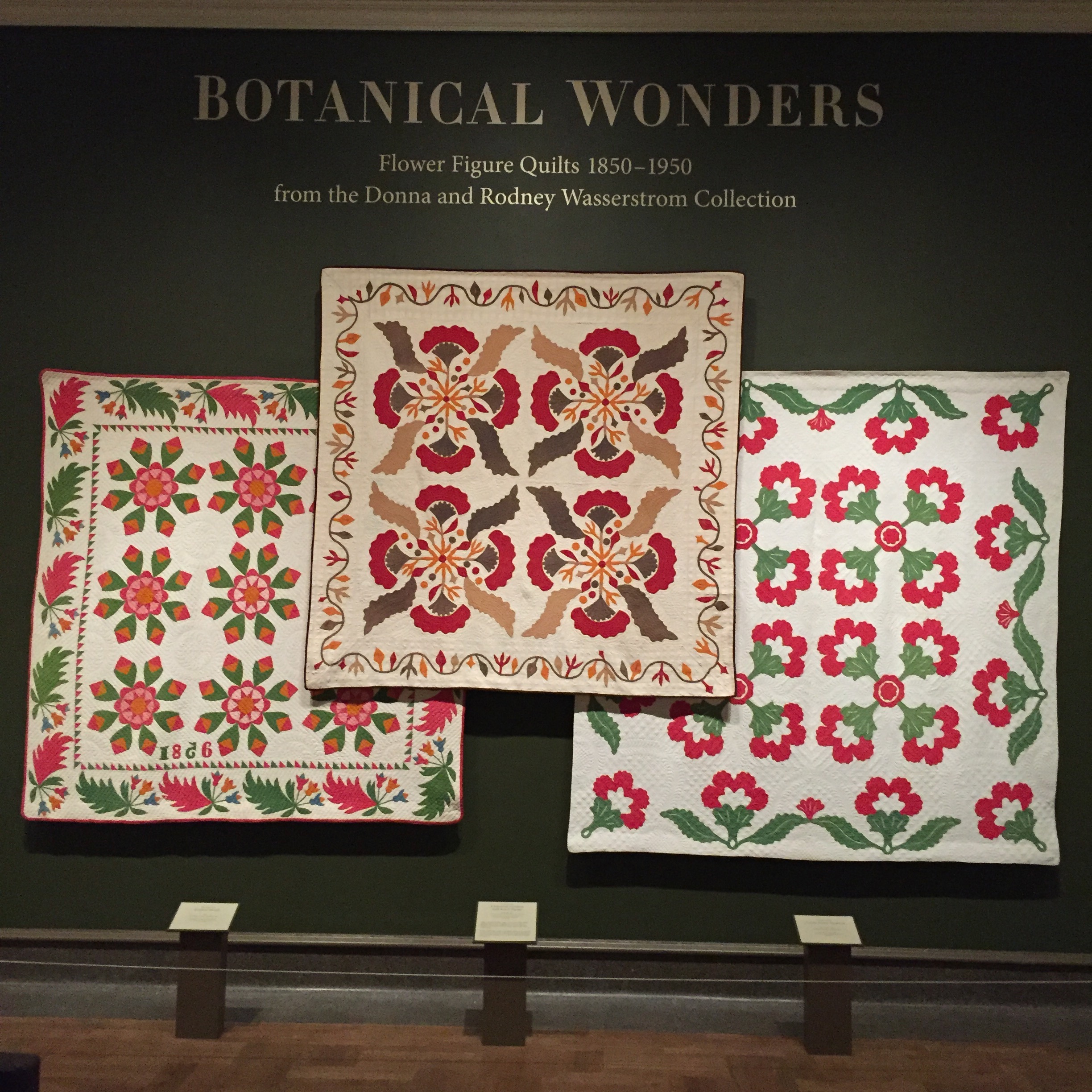I confess . . . I’m a pre-washer. I know that a lot of quilters prefer their fabric right off the bolt, but I feel a lot more confident about the appearance and longevity of my quilts when I know as much about my fabrics as possible before I start cutting them up.
The Big Three Reasons I Pre-Wash:
- The fabric will shrink before it goes into a quilt with other fabrics that may shrink at different rates
- If the dyes used on the fabric are going to run, I would much rather know before I put them next to other fabrics. If a fabric bleeds a lot in the original wash, I will often wash it one or two more times. Occasionally, there is a fabric that never stops bleeding, and I am very careful about where I will incorporate that fabric. It may be perfectly fine in an all mid-tone quilt, but it would never be appropriate to use in a quilt with a light background.
- Pre-washing removes any residual chemicals or finishes that were added to the fabric during the manufacturing process. I rarely wash my quilts immediately following the construction process, so I want it as clean as possible to start. It also can’t hurt to make as little skin contact as possible with the residues.
One of the big downfalls that I hear about pre-washing is the tendency to have fabric ravel out. To prevent this I stitch around the edges of the fabric prior to throwing it into the wash. The easiest way to do this would be a serger or overlock machine, but since I don’t have one, I use my domestic machine.
You could use a zig-zag stitch to accomplish this, but my machine (as well as most other zig-zag machines) have a special stitch for this. This stitch is called the Vari-overlock stitch in my machine manual, and it is recommended for stretch fabrics, but it works great for edging other fabrics as well. The foot for this has a slender piece of metal that is zig-zagged over while it holds the edge of the fabric flat and prevents the fabric from rolling.
The stitch itself is a series of short straight stitches followed by zig-zag stitch. You can make the stitch have tighter spacing by reducing stitch length. I use approximately a two stitch length for edging fabric for washing. When I use this technique for finishing edges on clothing, pillows, etc. I shorten the stitch length.
How do you feel about pre-washing fabric?








3 Comments
Kimberly Clark
December 7, 2017 at 8:55 amI always prewash as well. I had a lady at Hancock Fabrics told me that the conditions of the ships that carry many of the fabrics we use are deplorable and that we would not want our fabrics unwashed because of that. I have always thought of that since. But I too have thought of your cited reasons and feel the same way. I would be heart broken if after all the work of piecing and quilting my quilt, I had a bleeding piece of material or unwanted shrinkage!
Joy French
December 7, 2017 at 8:53 pmI always prewash for the reasons you give. I only use fabric right off the bolt for techniques that require it, and I don’t do that often. I have on occasion saved myself bleeding heart ache, so I feel confident in my choice.
Julie Stocker
December 10, 2017 at 6:21 amI’m also a pre-wash fanatic. I want to add that if you are a buyer of vintage fabrics, you run the risk of introducing unwanted insects into your studio and stash. Bed bugs are not unheard of, and a serious nuisance in some areas!
I agree that the fraying that occurs with pre-washing is a deterrent, but have found it to be much less if I don’t machine dry. We have an ample supply of drying racks, and most fabric is dry in a few hours making pressing a snap. In some cases, it’s not even necessary.